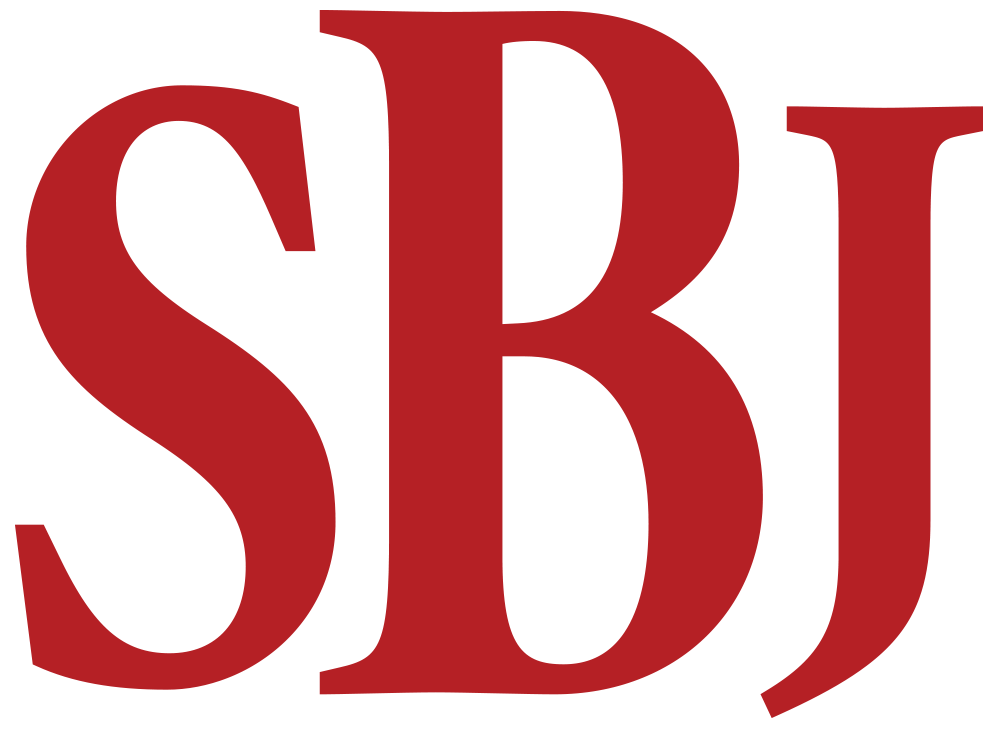YOUR BUSINESS AUTHORITY
Springfield, MO
YOUR BUSINESS AUTHORITY
Springfield, MO
As the coronavirus pandemic unfolds, the nation has rightly lauded the bravery of health care professionals, grocery store clerks, truck drivers, teachers, nursing home workers and all the others on the front lines saving lives and keeping us all going. We owe a deep debt of gratitude to them.
We also know their employers – along with the leaders of companies not on the front lines – are worried. They worry about their workers’ health and well-being. They worry about underlying weaknesses in our economic system that this pandemic has exposed. They worry about their ability to ensure their operations and core business functions are not severely impacted.
One thing many will not have to worry about during this current crisis, however, is their ability to maintain payment operations – especially when physical access to their bank is limited. That is because many businesses are now equipped to manage almost all financial transactions online through a reliable electronic payment system that largely did not exist during previous major economic crises.
The modern-day payment system was, over the last two decades, tailor-made for the shelter-in-place conditions many now live and work under today.
Thanks to strong leadership by the Federal Reserve Bank and more stringent post-recession policies, the banking system overall is better prepared for the current crisis than, for example, the Great Recession of 2008. For one thing, banks are more highly capitalized now than they were when the recession hit. In recent weeks, the Fed also has pumped a record amount of money into our nation’s financial system to support the short-term lending needs of businesses implementing their resiliency plans.
Importantly, the Fed also was an early and powerful advocate of the electronic payment strategies that are now helping to keep money moving and businesses productive at a time when many storefronts, offices and bank branches are closed.
It’s easy to forget just how much banking systems have evolved over the past two decades. Think back to 9/11. When planes stopped flying in the days following the attack on the Twin Towers, the nation’s check-clearing network shut down as well. Why? The network depended on the dedicated air couriers to speed the transport of paper checks back to the issuing bank for clearing.
That event more than any other fueled the Fed’s push in the early 2000s, via the Check Clearing for the 21st Century Act. It paved the way for alternatives to paper checks and the manual processes and procedures required to produce, distribute and process them, developing solutions like remote deposit capture. In addition to reducing dependency on paper, the nation’s central bank advocated for automated solutions that would speed payment processing, improve reliability and protect against fraud.
That is when banks stepped up to take a fresh look at the payment system, leveraging current solutions like Automated Clearing House payments and card networks. It kicked electronic payment innovations into high gear. At the same time, a high volume of mergers and acquisitions were taking place across industries. Workers were being dispersed geographically, and their employers needed ways to connect their accounts receivable and payable systems across locations.
Your business very likely depends on many of these products and services. For example, you may be familiar with remote deposit, a technology developed so that a company can scan, digitize and deposit an electronic version of a paper check without leaving its premises.
Or you may be in a business that opts instead for integrated receivables and payables solutions, a combination of check, electronic and card-based systems to make and receive payments that can be managed from virtually anywhere while pulling in the necessary reconciliation data to maintain accurate accounting records.
The beauty of an integrated solution for payables and receivables is not only the consolidation of payment types but outsourcing the handling of business payments to a financial institution.
Along with e-commerce, electronic asset management, video conferencing and other game-changing technological developments, today’s payment systems make it possible for workers across a large swath of the economy to pack up their traditional offices and work safely and productively from home.
They’re robust enough to operate smoothly, even in the midst of a pandemic. And they’re agile enough to help you get back to business-as-usual once these uncertain days are past. Perhaps most importantly, they give you one less thing to worry about.
Lacy Martin is the vice president of treasury management at Commerce Bank. She can be reached at lacy.martin@commercebank.com.
A franchise store of a Branson West-based quilting business made its Queen City debut; Grateful Vase launched in Lebanon; and Branson entertainment venue The Social Birdy had its grand opening.

